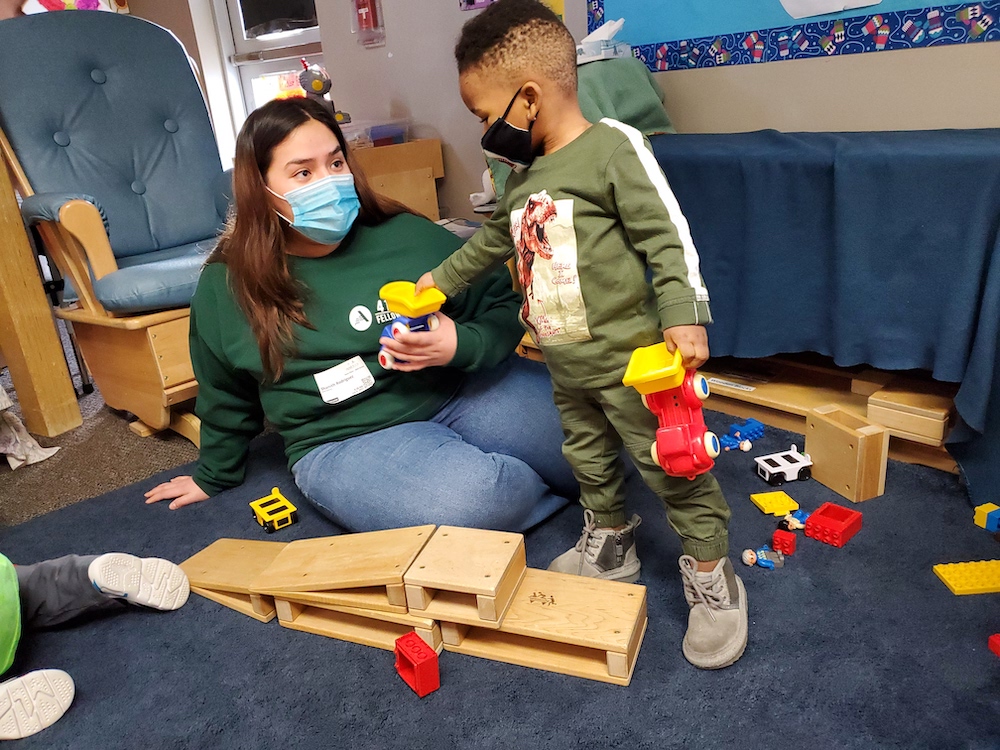With this model, participants discuss/reflect on their experience with questions moving from specific to general.
In the WHAT phase, participants answer questions like: What happened? What did you see? Who did you interact with? What emotions came up today? When did you feel happy/frustrated/confused? This phase affirms the participant’s experience as legitimate knowledge.
In SO WHAT, we ask participants to interpret the meaning of their experience. He/she should move toward identifying what they are learning and how their perspective is changing. The facilitator can ask questions like “Have you ever seen something similar?” “How does this relate to the larger world?” or “What difference does this make for you?” “What ways did you see the mission of this organization being served and not being served?” This phase is often the core of reflection. Eventually, the participant should be able to articulate what they now understand differently.
The phase, NOW WHAT, looks toward the future. Armed with their new knowledge and perspective, participants consider the implications of their service and decide how it will influence them. It is valuable for the participant to outline concrete steps to take to implement their new understanding. You might feel inspired to make drastic change or feel overwhelmed by the work to be done — in either case, you can find realistic and meaningful steps to take. Sometimes it is helpful to ask “What do we need to learn about if we’re to understand this issue better?” or simply, “Now what?”
